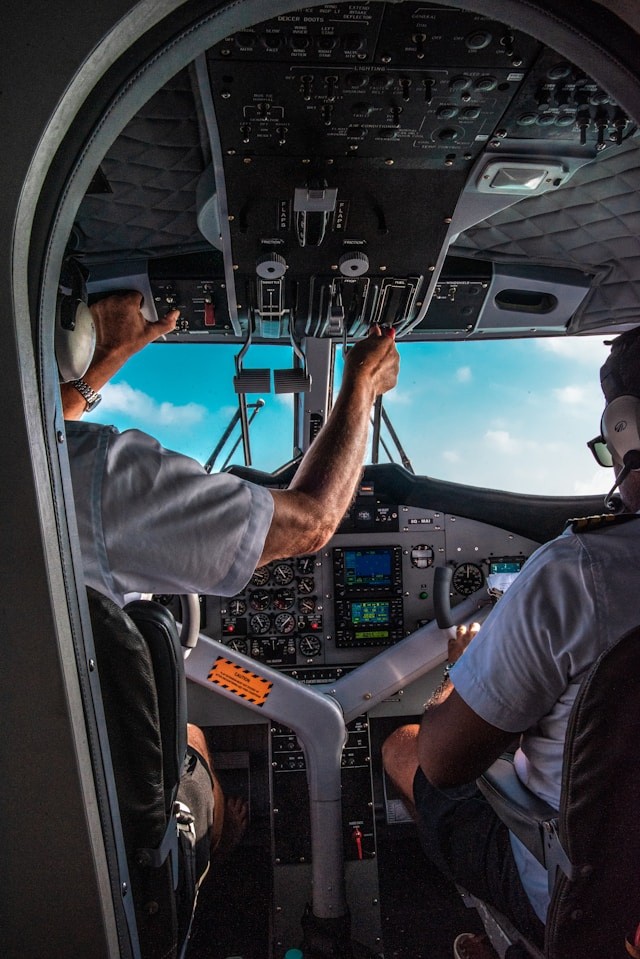
The head of the Federal Aviation Administration (FAA) announced the mandatory rest time extension for air traffic controllers based on recommendations from an expert panel assessing controller fatigue risks.
The New 10-12 Hour Rest Requirements Between Shifts
Earlier today, FAA Administrator Mike Whitaker announced that the FAA will mandate a 10-hour break between shifts, effective within 90 days, and a 12-hour break before an overnight shift.
The requirements align with the panel's recommendations, emphasizing the need to update existing policies to address fatigue factors, particularly by avoiding schedule practices that induce fatigue. The panel also suggested that the FAA enforce an adequate off-duty period before all shifts, citing a range of 10-12 hours as an example.
Current regulations restrict air traffic controllers from working more than 10 hours within 24 hours unless they have received a rest period of at least eight hours before or at the end of the 10-hour shift. However, the panel's examination of data from the first ten weeks of 2024 found instances where these requirements were not consistently followed, highlighting 442 shifts commenced with less than eight hours of rest between shifts and 192 shifts began with less than four hours of rest between shifts.
The FAA's Commitment on Air Traffic Controllers' Safety
In a statement, Whitaker acknowledged that during his initial months leading the FAA, he toured air traffic control facilities nationwide and heard concerns about schedules that sometimes do not allow controllers to get enough rest. He emphasized the agency's commitment to prioritizing the safety of controllers and national airspace, saying, "I took this very seriously and we are taking action."
An expert panel was assembled in December 2023 due to increasing worries about air traffic control fatigue and staffing, prompting close calls at airports, mechanical issues at certain airlines, and production challenges at Boeing.
The FAA is also investigating a Thursday incident at Ronald Reagan Washington National Airport, in which a Southwest Airlines Boeing 737 MAX 8 crossed a runway while a JetBlue Embraer E190 was cleared for takeoff.
Growing Concerns on Staffing Shortage
The National Air Traffic Controllers Association (NATCA), the union representing FAA air traffic controllers, expressed encouragement regarding the FAA's efforts to tackle staff fatigue. However, it was also disappointing that the FAA did not collaborate before announcing.
Transportation Secretary Pete Buttigieg indicated that the FAA was understaffed by approximately 3,000 positions in May 2023. This caused the FAA to mandate overtime for air traffic controllers, resulting in many controllers working six-day weeks, which is the maximum allowed under current regulations.
A shortage of air traffic controllers, exacerbated by the COVID-19 pandemic's hiring freeze, has resulted in mandatory overtime and crowded schedules for personnel at certain facilities, necessitating the agency to recruit 1,500 controllers last year and intends to hire 1,800 more this year.



